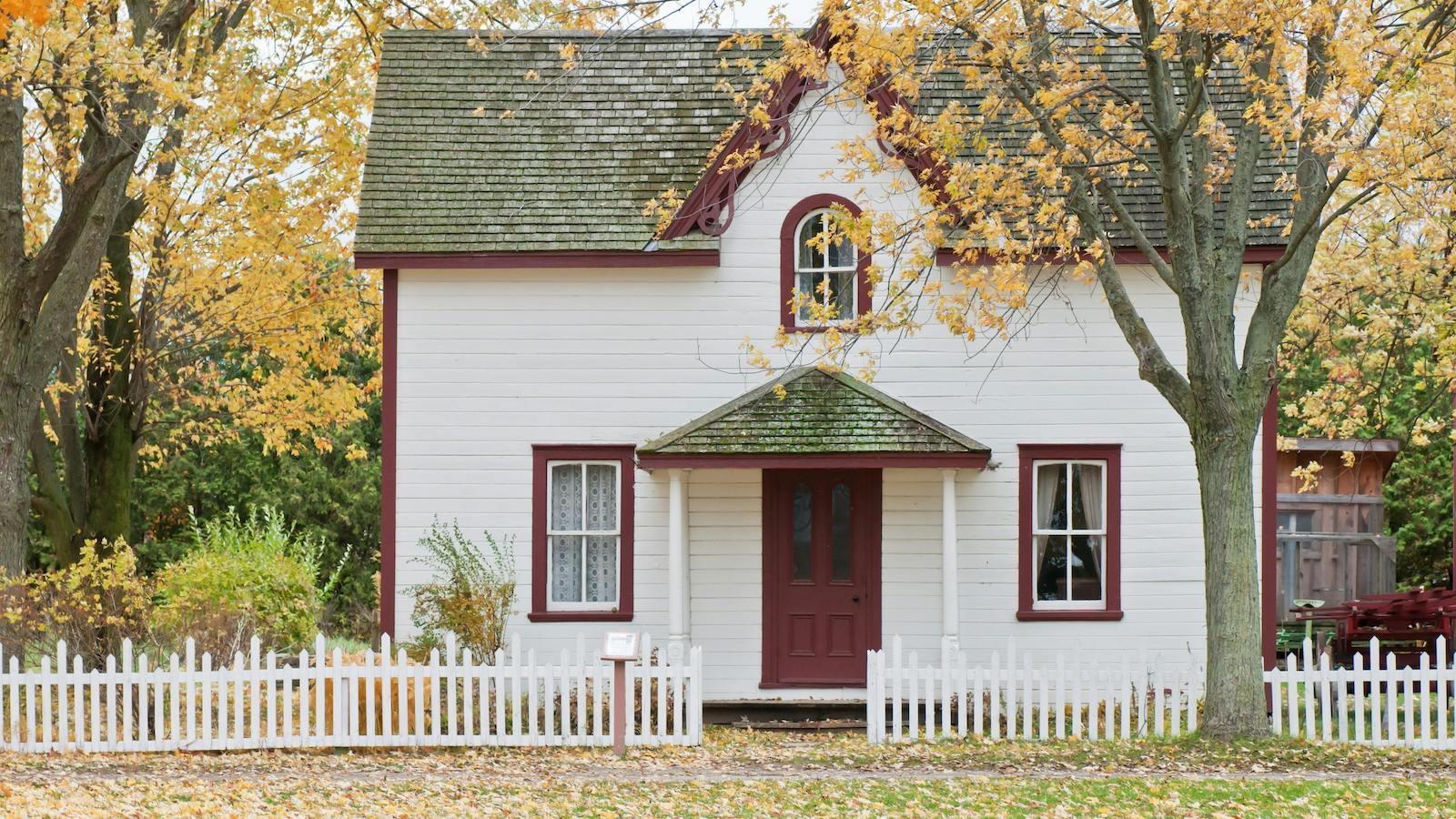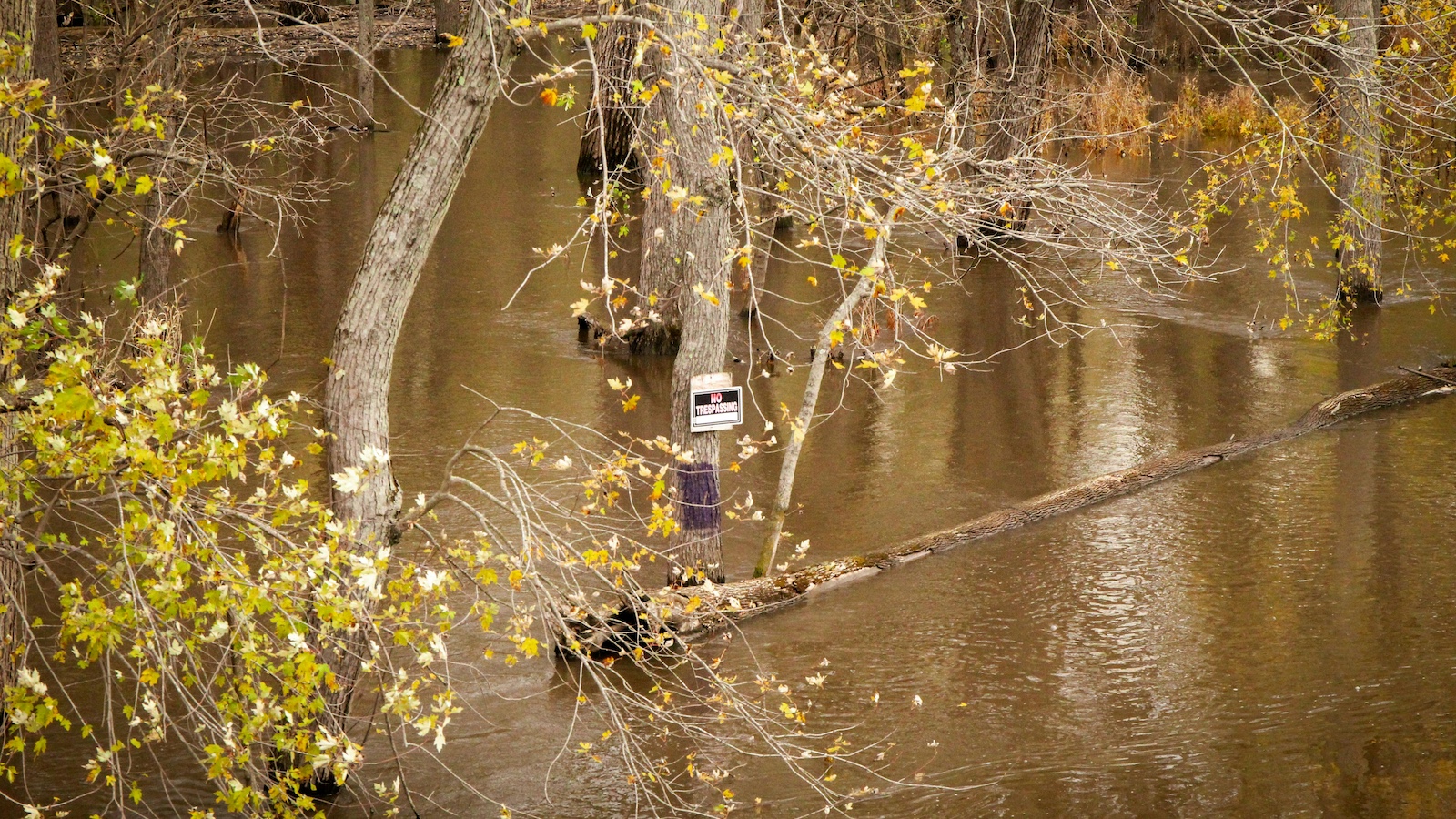As an insurance professional, you’re acutely aware of the growing home insurance crisis in the U.S. From coastal California communities to Gulf Coast states and many areas in between, insurers are dramatically increasing rates, declining to renew coverage and, in some cases, pulling out of states entirely.
What’s behind this current crisis and, more importantly, how will we solve it?
The current home insurance crisis
A few factors led to the current situation in the property casualty insurance industry. First, climate change has caused increased wildfires, hurricanes, tornados and hailstorms, meaning insured disaster losses have also surged.
Second, rebuilding costs after these claims have risen dramatically in recent years. Inflation doesn’t just affect the cost of groceries and utilities. Construction materials, including wood, steel, concrete, electrical conduit and insulation, have risen by an average of 19% since 2020.
The result? The U.S. property/casualty industry recorded a $21.2 billion net underwriting loss in 2023 after recording $24.9 billion in net underwriting losses in 2022. Companies are trying to stop the bleeding by raising rates, tightening underwriting criteria, forcing insureds to accept higher deductibles or lower maximum limits and pulling out of high-risk markets.
See also: Rethinking Property Insurance
Potential solutions
Given that mortgage lenders require borrowers to maintain homeowners insurance, the home insurance crisis can potentially undermine local housing markets.
While there’s no single solution to the home insurance crisis, here are a few ideas.
State-run insurance programs
When private insurance becomes unprofitable and unattainable, many states have government-backed “last resort” insurance options that will insure homeowners unable to find coverage on the traditional market.
Often referred to as Fair Access to Insurance Requirements (FAIR) plans, these programs receive financial backing from a combination of premiums and fees levied on other insurance companies issued in the state.
Currently, California, Florida, Hawaii, New York and North Carolina have state-run FAIR plans. Other states may have plans operated by private insurance companies.
As the insurance market tightens, these state-run plans will likely take on a greater share of home insurance coverage in their states.
Surplus lines insurance
Surplus lines insurance is an alternative to state-run insurance programs. It’s a market for highly specialized insurance companies that provides coverage not available in the standard insurance market.
Surplus lines insurers are not licensed to do business in the state and thus not regulated by the state’s Department of Insurance in the same way licensed insurers are. That said, they are regulated in the state or country in which they’re located.
The number of homeowners insured by the surplus lines market is growing. For example, the number of California homeowners insurance policies written by surplus lines carriers increased from fewer than 20,000 in 2021 to around 49,000 in 2023.
See also: How to Tackle the Long-Term-Care Crisis
Risk mitigation
Individual homeowners and communities can take steps to reduce the risk of losses.
For example, homeowners in areas prone to hurricanes and high winds can have a contractor install hurricane straps on their roofs, reinforce garage doors or install hurricane shutters and impact-resistant windows. These measures help prevent wind damage.
On a community-wide level, local governments can change their building and land use regulations to adopt hazard-resistant building codes and limit new construction in flood-prone areas.
Several state and federal grant programs can provide funding for hazard mitigation projects. For example, the EPA’s Hazard Mitigation Grant Program (HMGP) gives money to states, tribes and territories implementing hazard mitigation after federally declared disasters. The Building Resilient Infrastructure and Communities Grant (BRIC) is available to states that have had a federally declared disaster within the past seven years. It provides funding for hazard mitigation projects that promote climate adaptation and resilience.
Some states are implementing their own mitigation grants. For example, the Strengthen Alabama Homes program offers homeowners grants of up to $10,000 to windproof their homes in a way that complies with FORTIFIED standards developed by the Insurance Institute for Business and Home Safety (IBHS).
Reforming litigation processes
Another approach to alleviating the home insurance crisis is to make it more challenging to sue insurance companies.
In 2022, Florida passed Senate Bill 2-A, which included a variety of measures to stem the tide of claims litigation. For example, it made each party in a lawsuit responsible for paying its own attorney fees rather than allowing plaintiffs attorneys to collect legal fees from insurers, which can encourage lawsuits.
Legislative action can be slow and contentious, and lawmakers must balance reforms with protecting consumer rights. However, by curbing excessive litigation, insurers can reduce legal costs, which can, in turn, help lower homeowners' premiums.
Addressing the home insurance crisis requires a multi-pronged approach to stabilize the market and provide relief to homeowners. Lawmakers, insurers and property owners must collaborate to address the crisis and provide a secure market for homeowners across the country.







